Can I Eat Dandelions? Other Edible Weeds
Today it’s all about can I eat dandelions? Picking dandelions was a punishment for me when I was younger. Dad would give me a bucket when I got in trouble and tell me to start picking until the bucket was full.
When I thought I had filled it, he would push them down and I would pick more. Never did the thought cross my mind, “Can I eat dandelions?”
Please be careful before you take the “plunge” into foraging wild edible weeds. They may look like a certain edible weed but may not be the actual one. I highly suggest you buy one of the following books or one that you feel comfortable with to forage edible weeds safely.
Rosemary Gladstar’s Medicinal Herbs: A Beginner’s Guide
Rosemary Gladstar’s Herbal Recipes for Vibrant Health
Related: What to Plant in April Zones 1-10
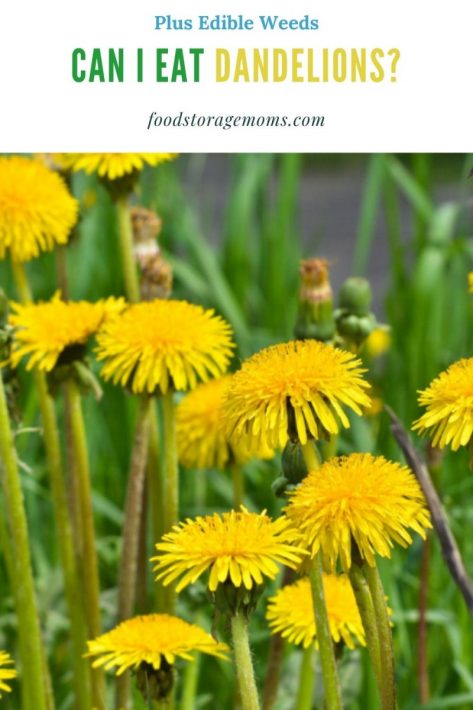
Can I Eat Dandelions?
Dandelions are weeds, right?! They aren’t garden vegetables, but did you know that you can actually eat dandelions? In fact, dandelions are actually healthier for you than many vegetables you probably grow in your garden.
Not only are they healthy for you, but they are plentiful. Since they are weeds, they grow even if you don’t have a green thumb.
So, to answer the question, YES, you can eat dandelions! In fact, you can eat all parts of the dandelion including the flowers, stems, leaves, and roots.
Do They Taste Good?
Dandelions happen to be pretty delicious. In fact, their taste often resembles that of a slightly bitter green arugula. They are great fresh on salads, but can also be fried, put into sauces, and so much more.
Health Benefits of Dandelions
Dandelions have been used for hundreds of years in herbal medicines. The benefits of these pesky little weeds will probably surprise you. Each little weed contains the following:
- Amino acids, fatty acids, and other acids necessary for health.
- Sugars, such as inulin which are necessary to make fructose.
- Minerals, which include iron, zinc, boron, calcium, and silicon.
- Vitamins A, B, C, K, and E.
One-half cup of dandelions contains more calcium than if you drank a glass of milk and more iron than you find in a serving of spinach. Additionally, you get 19 mg of vitamin C just in the greens, and more vitamin A than you would get in the leaves of carrots.
10 Health Benefits You Didn’t Know
If that doesn’t impress you, here are 10 benefits of eating dandelions that you probably never knew about:
- They are toxin removers. In fact, dandelions are one of the most effective toxin removers for your blood, lymphatic system, and liver.
- Dandelions are full of antioxidants. Antioxidants neutralize or prevent free radicals in your body. Thus, helping to reduce the effects of aging and certain diseases.
- They boost your immune system. According to PubMed, studies have found that dandelion extract has antiviral and antimicrobial properties. Thus making them great at fighting bacteria.
- It helps your liver. Studies have shown that dandelions have a protective effect on the liver, which means it could help treat or prevent obesity-related nonalcoholic fatty liver disease.
- Dandelions help treat anemia. Because they are so high in iron content, those who are anemic could eat more dandelions and fewer iron pills.
- They help maintain blood sugar. Two compounds found in dandelions are Chicoric and chlorogenic acid which are bioactive compounds that may help reduce blood sugar.
- May lower blood pressure. Because dandelions have a high potassium content which gives a diuretic effect, they may lower blood pressure as well.
- Could lead to weight loss. According to some research, the fact that dandelions have the ability to improve carbohydrate metabolism and reduce fat absorption, eating them could lead to weight loss. Further studies need to be done.
- Supports bone health. The green parts of the plant provide high amounts of calcium and vitamin K which are both associated with healthy bones.
- Dandelions may potentially kill cancer (it’s still in the testing stage). The dandelion root extract has been shown to dramatically slow the growth of cancer cells in the liver, colon, and pancreatic tissue when studied in test tubes. https://www.ncbi.nlm.nih.gov/pmc/articles/PMC5341965/
If that doesn’t convince you, maybe some delicious recipes will. Keep reading to find out more about how you can eat dandelions.
Can I Eat Dandelions: What Dandelions Should I Pick?
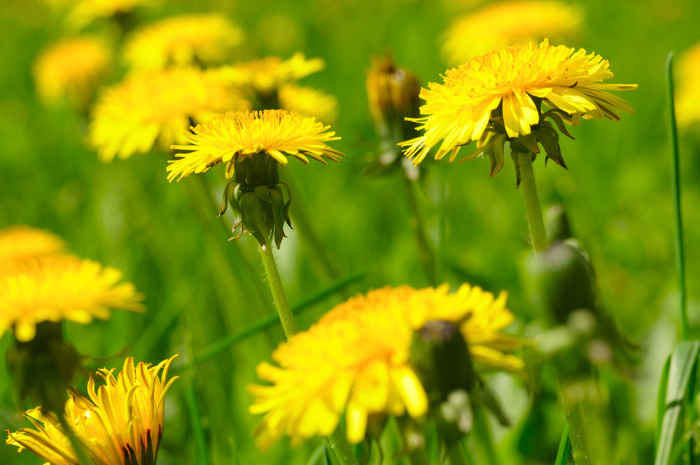
The great thing about dandelions is you can’t mix them up with another weed. There really isn’t any other plant or herb that even closely resembles them.
- DO NOT harvest any dandelions that are close to a road. They can pick up pollution from cars.
- NEVER harvest any dandelions from an industrial lot or any space where past pollution might have been an issue.
- DO NOT harvest dandelions from a yard where chemicals like pesticides and fertilizers have been used.
You will find that these weeds tend to grow where land has been disturbed, such as along roadsides and medians. But, I would encourage you to only pick dandelions from your own yard or from a place where you know they have never been sprayed with chemicals.
If you don’t have wild dandelions growing around you, you can check with friends, family, and neighbors. Additionally, you can plant dandelions in your own backyard.
How to Harvest Dandelions
Although you will see these pesky weeds grow all the way into fall, the best time to harvest them is in the springtime. The older these weeds get, the more bitter their taste will be. If you pick them young then they will have a much sweeter flavor.
You can harvest all parts of the dandelion, including the leaves, the crowns, the dandelion flowers, and the roots.
How to Harvest the Leaves & Greens
If you want to harvest the leaves and greens which are packed full of vitamin C and vitamin A, you want to pick the youngest leaves.
The youngest leaves will be located on the inside of the growth. The oldest and bitterest leaves will always be on the outside.
You get the best leaves and greens from dandelions that have not produced a flower yet. To harvest them, just pluck them off the plant and put them in a basket or bag. They will keep for about a day in the fridge.
How to Harvest Crowns
Crowns are the green densely packed circle of leaves you see before the yellow dandelion pokes its head out. The crowns are the sweetest part of the plant. You can just pick them and put them in a basket or bag.
How to Harvest the Dandelion Flowers
The flowers are just as edible as the rest of the plant. To harvest the flowers, you will want to pluck the yellow head off of the green stem. You want to separate the flower from the green base. The green base is bitter.
How to Harvest the Roots
The roots are chock full of minerals and nutrients as well. And, the dandelion root is something you can roast and use as a coffee substitute. Dandelion coffee is actually really delicious!
You will want to harvest the root during the spring as well. All you need to do is dig out the long tuber roots, clean them in the sink, and then chop them into pieces, just like you would with a carrot.
How to Cook Dandelions
Dandelions can be eaten raw on salads, but they can also be cooked in a variety of different ways. After harvesting your dandelions, ALWAYS wash them in the sink with cool water. Here are some basics for each part of the dandelion:
Your Roots
Dandelion roots as said above can be made into tea or coffee. Peel your roots and boil on the stove for about 15 minutes. You can then eat them whole, chopped up, or you can roast them to make coffee or tea. The flavor will be similar to regular coffee.
The Leaves
The leaves are usually used raw in salads, but you can also saute them. Put a little olive oil in a pan, add salt and pepper, and garlic for taste. Saute them just a few minutes.
The flowers
These flowers can be cooked in so many different ways. But probably the easiest is to just cook them up like you would fried zucchini.
Basically, dip your flowers in eggs, and then do a bread coating with flour and seasonings. Then, saute in butter in your skillet.
Dandelion Recipes You Will Love
If you need a few more directions regarding how to use your dandelions, there are tons of recipes about how to use them. Here are a few of our favorites that we think you will love too!
Roots Recipes
- If you want a substitute for your coffee, this Roasted Dandelion Root Coffee is perfect.
- Cook Fresh Dandelion Root like you would carrots.
- Dandelion Root Tea is another way you can use your roots.
Flowers
- Like fried zucchini, this Fried Dandelions recipe is super easy to make.
- Not only can you eat them as you would other food items, but you can also make this delicious Dandelion Wine.
- If you have a fryer, you could also try these Deep Fried Dandelions.
- Sweet and delicious, Dandelion Jelly is perfect for toast.
- If you have kids who always want a snack, give them these Dandelion Flower Cookies.
The Greens
- Use your dandelion greens to make this tasty Wild Springs Green Pizza.
- Pesto sauce is great on tortellini, and this Dandelion Pumpkin Seed Pesto is also delicious.
- Make a delicious Wilted Dandelion Greens with Toasted Mustard Seed Salad.
How to Store Dandelions
If you don’t have time to make something with your dandelions when you pick them, you can always store them for later. The best way to store dandelions is to freeze them. This allows the plant to retain more of its nutritional value.
All parts of the dandelion can be frozen together. Rinse the leaves and flowers well, and then set them on a towel to dry. To freeze the dandelion, you will want to flash freeze them first.
Lay them on a flat surface like a baking sheet and place them in the freezer for an hour. Then, place the dandelion in a freezer-safe storage container or bag. Put the label and date on the bag.
Frozen dandelions can be stored in the freezer for up to 6-months.
Can I Eat Dandelions: Other Weeds You Can Eat
In addition to dandelions, there are at least 8 other weeds you can eat! And, they are probably growing in your yard right now! Check them out!
#1 Purslane
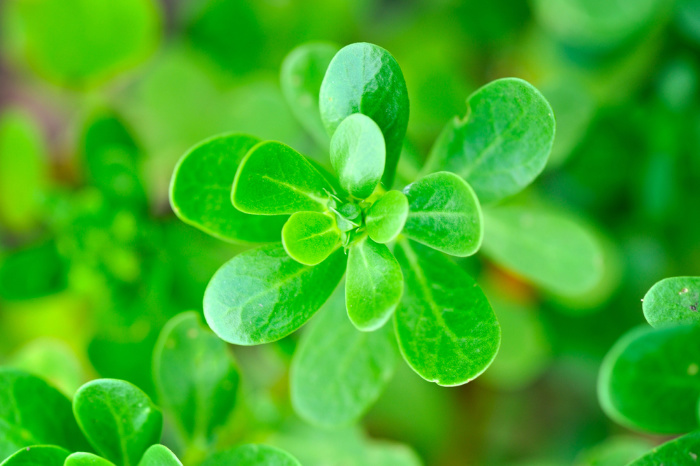
Rich in omega-3 fatty acids, purslane can be found in moist garden beds, lawns, and shady areas. It is a succulent whose leaves and stems can be eaten raw or cooked to add flavor to foods.
#2 Clover
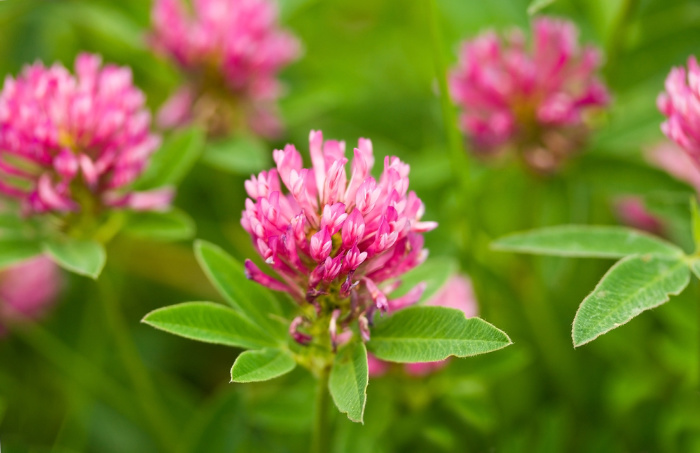
Other than the 4-leaf clover, the pink clover flowers and leaves can be eaten in salads. Additionally, this weed can be used in a variety of meals to add color and flavor.
#3 Lambs Quarters
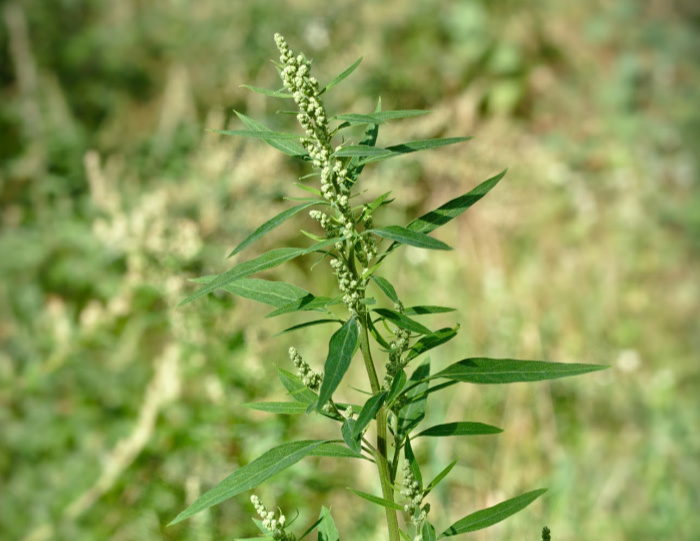
Lamb’s Quarters is also known as Goosefoot. It can be eaten raw in any veggie dish or salad. Additionally, it can be sauteed or steamed and used in any recipe that calls for spinach.
The seeds of this plant look like quinoa and can be harvested and eaten as well.
#4 Plantain
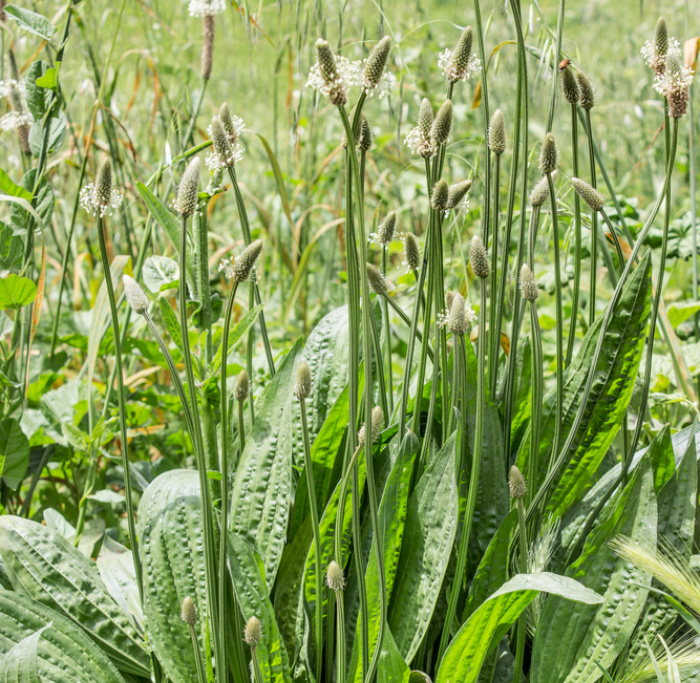
Not to be confused with the tropical fruit, this plantain plant is actually a green leafy weed that is edible. It can be used topically to soothe burns, stings, rashes, and wounds, as well as eaten.
The leaves can be eaten raw, steamed, boiled, or sauteed. The seeds of plantain can be cooked like a grain or ground into flour.
#5 Chickweed
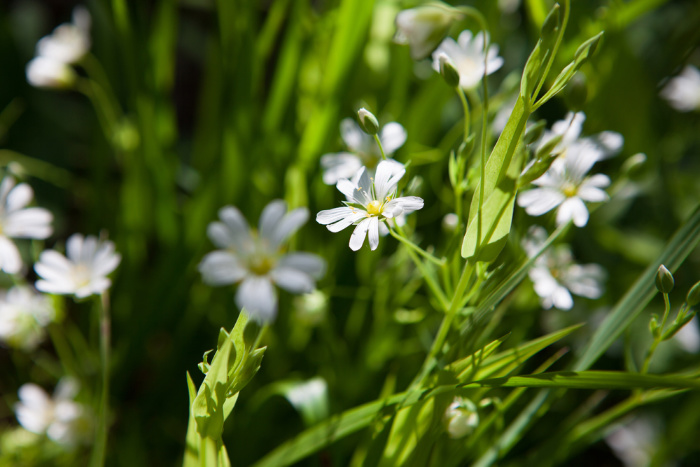
This garden weed can be harvested for both food and medicine. The chickweed leaves, stems, and flowers are eaten both raw or cooked. It can be eaten much like you would eat spinach.
#6 Mallow
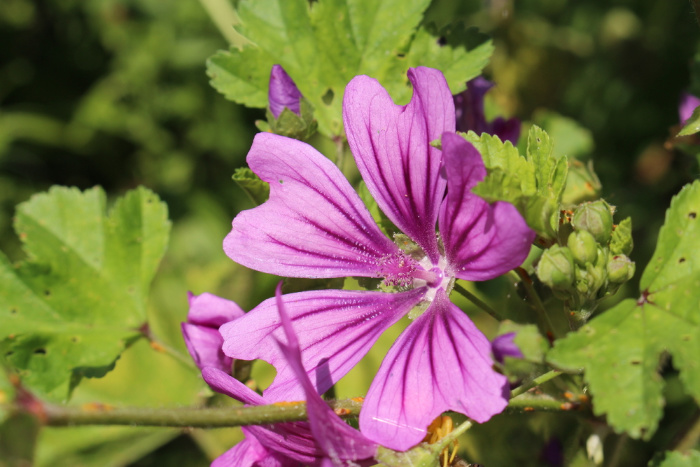
Mallow or Malva is also known as cheeseweed because it is shaped like seed pods. It is found in lawns or garden beds throughout the United States. The leaves as well as the seed pods are edible raw or cooked.
#7 Wild Amaranth
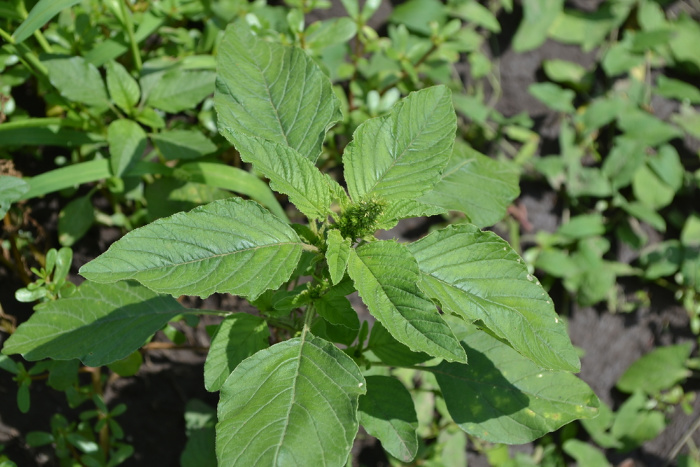
Wild amaranth is also known as pigweed. It is another great addition to dishes that require leafy greens. The younger plants are typically softer and tastier than the older leaves. However, older leaves can be cooked like spinach.
#8 Curly Dock
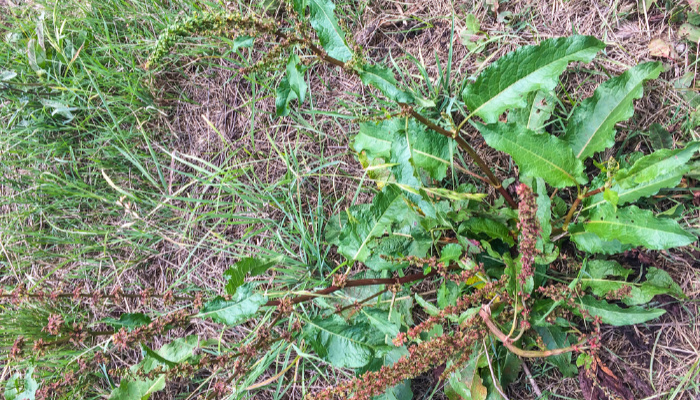
Curly dock is also called yellow dock. The leaves can be eaten raw when they are young, but need to be cooked when they are older. The stems can be peeled and eaten raw or cooked.
Additionally, the seeds can be boiled or eaten raw. It’s recommended to only eat these in moderation.
Final Word
Can I eat dandelions? Yes, we can. As we see food becoming more scarce, we have to think outside the box. Even if you don’t have a green thumb, you can still find food to eat right in your backyard or nearby.
Which of these weeds have you eaten? Share your thoughts about them in the comments below! May God bless this world, Linda
Copyright Images: Dandelions Deposit photos_73439565_s-2019, Dandelions Deposit photos_3204320_s-2019, Purslane Depositphotos_120270688_s-2019, Pink Clover Depositphotos_5259429_s-2019, Lambs Quarters Chenopodium Lambs Quarter AdobeStock_118372450 by fedsax, Plantain Weeds Depositphotos_75195335_s-2019, Chickweeds Depositphotos_251949780_s-2019, Mallow/Cheeseplants Depositphotos_357002414_s-2019, Amaranth Depositphotos_325233460_s-2019, Curly Dock Depositphotos_256444932_s-2019

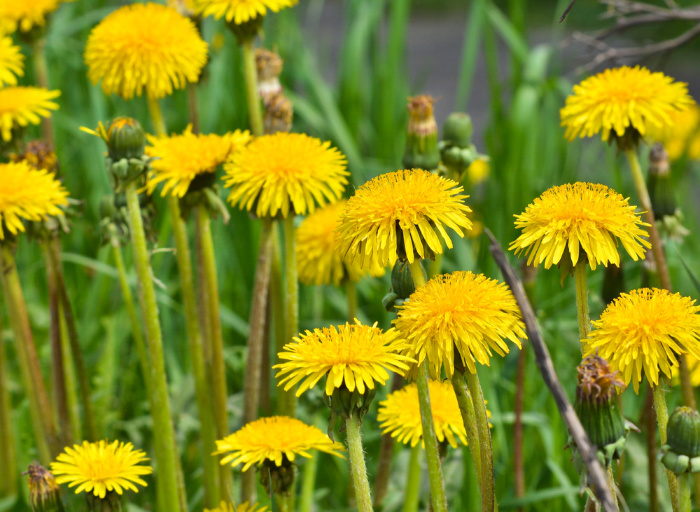

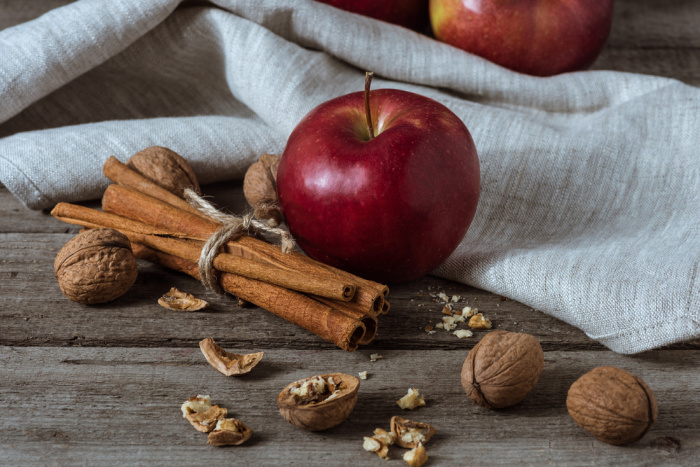
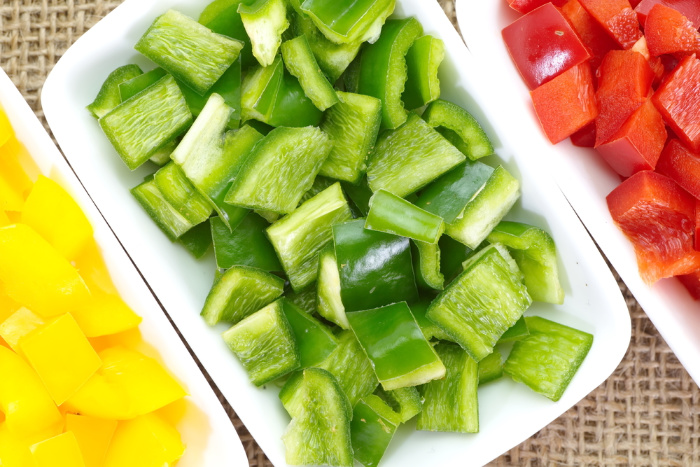
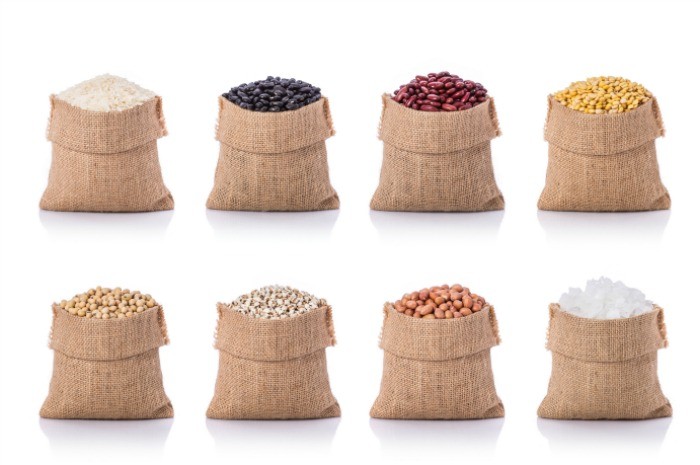
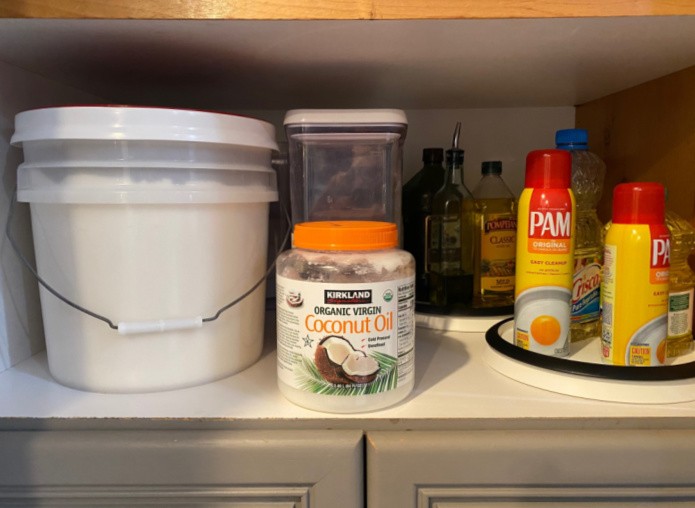
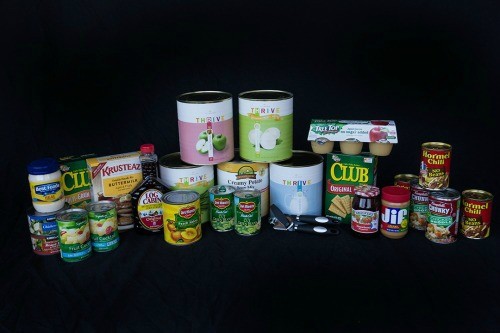
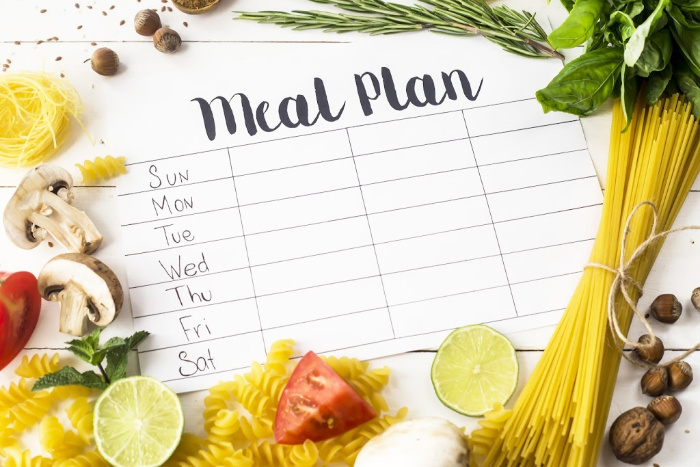














This was great information. Thank you for the information. I saved & shared it to Pinterest!
Hi Susan, thank you so much! Linda
I have been eating dandelion leaves and flowers for most of my life! I love dandelion fritters (flowers, dipped in batter and fried).
I have two books that I absolutely love: Wild Remedies by Rosalee De Lo Foret and Emily Han (foraging for healing foods) AND Pacific Northwest Foraging by Douglas Deur. Both have incredible photos and information about the wild plants. Of course, Pacific Northwest Foraging is for those of us living in Washington, Oregon, Northern Idaho and Southern British Columbia but I am sure that some of the plants in the book are across other states. One should search for a similar book for one’s region.
The biggest issue that I have, however, with wild foraging is positively identifying the plants at all stages of their growth. There are common wild herbs (aka weeds) that I know well but there are some that look like edible plants but also look like non-edible plants. I think a book that has photos of plants in all the seasons would be invaluable but I have not run across such book.
Hi Leanne, when I wrote this, I kept thinking I wonder if Leanne has a book on edible weeds. If you find one let me know. Linda
Wild Remedies by Rosalee De Lo Foret and Emily Han (foraging for healing foods)
AND
Pacific Northwest Foraging by Douglas Deur. Both have incredible photos and information about the wild plants. Of course, Pacific Northwest Foraging is for those of us living in Washington, Oregon, Northern Idaho and Southern British Columbia but I am sure that some of the plants in the book are across other states. One should search for a similar book for one’s region.
Hi Leanne, great comment! I will look for one where I live in Southern Utah. Isn’t it wonderful we can all help each other? I LOVE it! Thank you, girlfriend! Linda
My Dad was a machinist during WWII, building American fighter planes. He lost his job in 1945 when the War was won. For six months we ate dandelions (and woodchucks, racoons, wild turkeys and deer). I spent hours and hours on lawns in my rural neighborhood, gleaning dandelions for lunch and dinner. After picking, Mom would soak them in salt water for 4 hours, then boil them. They were served with a butter sauce. No one in the family ever got sick, and we were all healthy. Dad went back to work at the plant when the Korean War started up. I haven’t eaten dandelions since , but – thanks to your wonderful article – I’m going to start again, at age 82!
Great article!
Doug Kenney
dkenney@ix.netcom.com
Hi Doug, what a great story of survival eating dandelions and such! If you are 82 you may as well try making some! Thank you for your kind words! Linda
Hi Linda, Thanks so much for this article on Dandelions. Since we always had an abundance of dandelions growing in our yard, mom would fix a batch for dinner throughout the summer months.
I have to share a story about my hubby and dandelion greens.
This is our second marriage. The first trip back to Ohio to introduce my hubby to my mom and dad was in the summer. One of the dinners mom fixed included boiled dandelion greens. My hubby looked at the bowl and asked mom is this spinach? He loves spinach. When she told him that they were dandelion greens, he made a face and wrinkled his forehead. He sprinkled vinegar on the bowl of greens and forced down every bite, as he didn’t want to offend my mom and her cooking. He actually ate the entire bowl before touching the dinner on his plate. When mom noticed that the bowl was empty she asked if he would like another bowl. I could see his throat swallow the last bite when he shook his head and said, “no thank you, but they were delicious”.
That was over 40 years ago and every time he sees a dandelion in a yard he still talks about having to eat them at my mother’s dinner table.
I guess this story isn’t as funny to read as I thought it would be. You would have to have been there!
By the way, Linda, I hope that you and hubby are well and stay safe.
Hi Suzanne, I loved this story, I could actually picture a young man trying to force down every bite of those dandelion greens! I bet he gets the giggles when he sees a dandelion! I love it! We are doing well, so far so good. I hope you and your hubby are safe and well too! Linda
Excelent information. Thank you Mrs. Loosli.
Taraxacum dens leoni.
Hi Jose, thank you for spelling out the word! I love it! Linda
I love dandelion greens now, although I couldn’t abide them as a kid! Dad would go out and collect a big paper sack full–some for supper (usually with a little vinegar), then he’d put them in a sandwich, cold, the next day–a plain dandelion sandwich! I do try to collect as much as possible, blanching and freezing for later in the year. Haven’t ever tried cooking the flowers, but I have made dandelion wine with them–not only did I like it, but a friend who is something of a wine connoisseur was impressed too!
Others to add to the list. Milkweed is quite easy to identify–I collect the flower buds and cook up much like broccoli (if you find it bitter, you can change the water and boil again)–but always put the buds into boiling water–never in cold water and then heat up, since this makes them more bitter. Good with butter or vinegar. The early spring shoots are equally good, although you need to be sure of your identification.
Cat-tails. My favorite is the green flower heads–the “cat tail”–which is steamed or boiled briefly like asparagus, then buttered, and you nibble the cat tail off the center stalk like a tiny corn-on-the-cob. The pollen is easy to collect–carry a paper bag, hold the mature heads in it and shake the pollen off. Add to any baked item instead of part of the flour–turns it a gorgeous golden yellow, along with the pollen nutrients.
Nettles. Yup, the stinging ones! I use a plastic glove when picking–just the top 2 or 3 leaf rosettes throughout the spring (and you can come back in a week or two, after the plant sends out new shoots). Once it begins to flower, the nettles will be too stringy and tough to be much good. Once either dried or cooked, there’s no more sting! Cook like spinach (in fact I’ve often given my DH creamed nettles, he thinking happily that he was getting creamed spinach!) What we can’t eat right away is dried instead of cooked–I add to soups and stews. You can also use it for a nutrient-packed tea.
I think my favorite wild edibles book is “Northeast Foraging” by Leda Meredith. Great photos and information.
Hi Rhonda, oh my gosh, you know a lot about edible weeds, I love it! I better look sta the books you and Leanne mentioned! Thank you, Linda
As an herbalist I constantly sing the praises of dandelions. I make tinctures from the root as treatment & therapy for liver ailments. My neighbors think I’m nuts but that’s ok. One good source of unsprayed dandelions would be pastures where animals are grazed. People rarely spray but you might have to step fairly carefully. Lol
Hi Linda, oh my gosh I love this! Watch where you step!! Great tip! Linda
Great article Linda, my Grandmother would always have dandelion greens on the table at supper time. We lived on a farm, so they were plentiful. The good thing was the dandelions were up to be picked in the spring before anything in the garden.
All the old farmers had dandelions fixed many ways for the table. When someone outside the farming community would ask ” you eat dandelions ” you must really be poor, i would laugh and say, you should try them. Have not had dandelions after leaving the farm, and it has never accrued to me to try them again until now.
This article brings back some good memories Linda, for that i am thankful.
Hope you and yours are well, stay safe, stay healthy, we need you Linda….
Hi Hearl, you know I love hearing family stories! It’s funny I grew up poor looking back, but I never knew it. I learned a lot about living on a shoestring. I’m good with that! Thank you for your kind words, Linda
Mark Merriwether wrote a very good book on foraging wild Plants (Idiot’s Guides Foraging).
I eat wild onion regularly. They taste better than store bought onions. You must be careful when forging wild edibles because very often there is a look-a-like plant that is poison. This is where a book about foraging is really useful
Gene
Hi Gene, I will look for that one, thank you so much! I really need one with pictures!! Thanks again, Linda
Linda
Mark’s book is beautifully illustrated
Gene
Thanks, Gene, I learn better with pictures! Linda